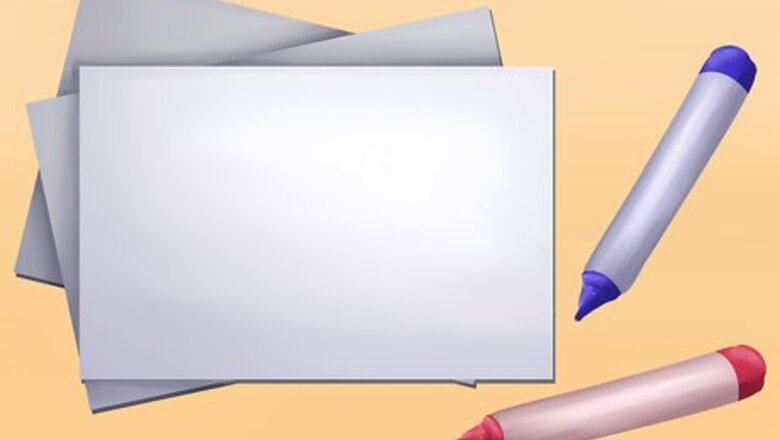
views
Learning with "Flashcards"

Use flashcards. Making flashcards is a very effective way to learn words. While you are writing down the words you are already learning them. It gives you also a possibility to see how the words are written. Flashcards are very easy to make, carry, and even dispose. For this method you need: 2 pens/pencils in different colours Flashcards
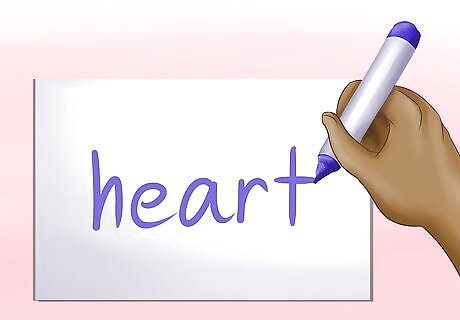
Take your first word. Write the translation with 1 colour on one side of the flashcard. Advantageous a dark colour like blue or black. You don’t have to make your flashcards fancy as long as they serve the purpose of helping you memorize the new vocabulary. Try to choose the words that appear most frequently or the ones you find most important or practical. Over time, you can move on to more specific words.
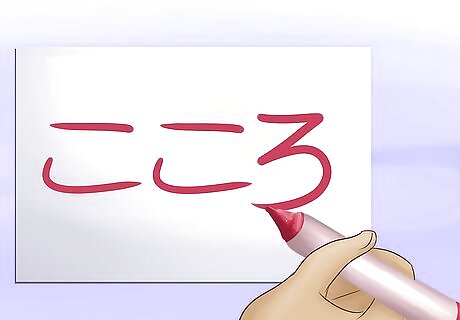
Flip the flashcard. Take a bright colour like red, pink or orange. This will help you to remember the word because the translation will be in a dark colour. With this difference our brain is more likely to remember the word. Write down the word in Hiragana or Katakana. While you write it down you should say it out loud for several times. When you`ve finished, put the card away and try to say it again by heart. Then continue with the next word.
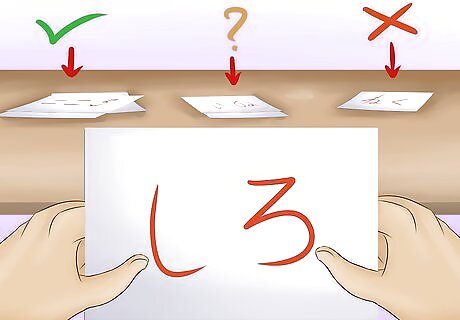
Start practicing. Go through the flashcard stack. If you know the word, put it on the "I know it" stack. If you got it right but you needed a lot of time, you should put it on the "Still need a bit of practice" stack. If you got it wrong, put it on the "I didn't know" stack.The most effective way to study words with flashcards is to repeat them several times in a day for about 5-10 minutes. You can study when: You're waiting for the bus You're watching TV and they are showing advertising You're having a break at school or work You're cooking and waiting for your meal to be done
Making Odd Sentences
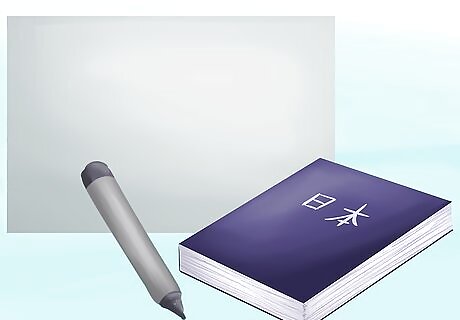
Create an odd sentence. Our brain can keep words best for a long time when we put them in odd sentences or place them in an odd way into a sentence. For this method you need: A sheet A pen Eventually a dictionary
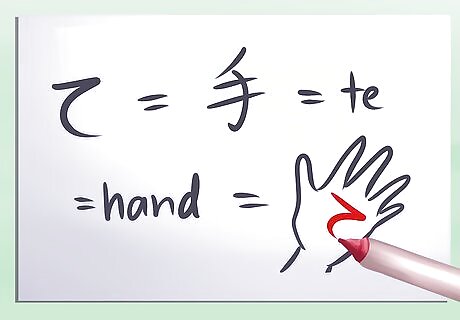
Choose a word. When you hear it, imagine yourself a picture. What do you see? Are there special ways to represent this world. Try to experiment with the meaning of the word and also the pronunciation
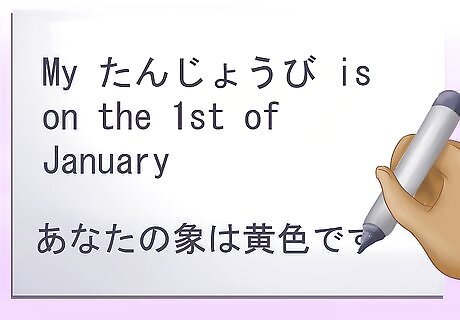
Write a sentence. The structure can be different. For example you can include the Japanese word into an English sentence, or you can make a Japanese sentence. Here are shown both ways: My TANJOBI (たんじょうび) is on the 1st of January. My birthday is on the 1st of January. あなたの象は黄色ですAnata no zou wa kiiroi desu. Your elephant is yellow.
Creating Connections Between Japanese and English
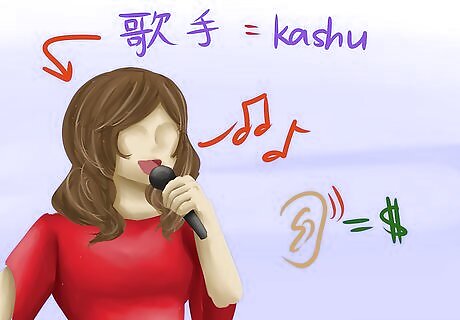
Picture Japanese words spelled with the English alphabet. It happens that in Japanese words you might see a part which looks like a word in your mother tongue. If this is the case, you can take that as a recognition support. Example: A singer is in Japanese 歌手 what is pronunced as "kashu". Can you see the English word "cash" in it?
Devise a way to remember the meaning. You need an explanation now. A singer often makes a lot of "cash", therefore he is a "kashu".
Learning by Listening

Perk up your ears. With this method you can not only learn new words, but also trim your hearing skills. What you will need: A Computer A sheet A pen An iPod/iPhone
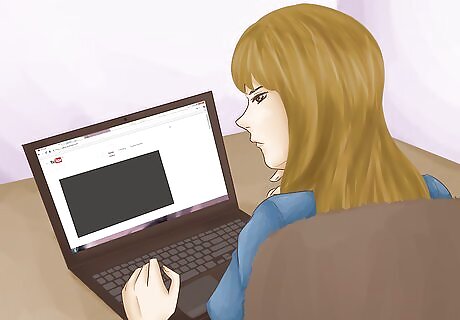
Turn on your computer and go to YouTube. Type in the search field an anime you like and try to find the Japanese version of an episode. You can also search for Japanese music or a Japanese Youtuber.
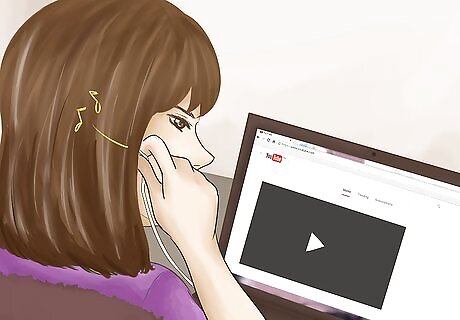
Listen to the source you've found. Try to test yourself. Which words do you understand? Listen a second time and figure out the words which occur often but you don`t know. Write these words down.

Go to Google Translate or search in a dictionary this word. Write the translation next to the Japanese word. Go on with searching new sources and translating them actively.
Learning by Using
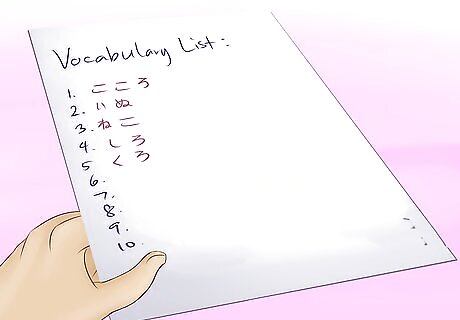
Practice. This is a really good way to actively work on your Japanese skills and also try to get a feeling for new words. You will need: Your vocabulary list
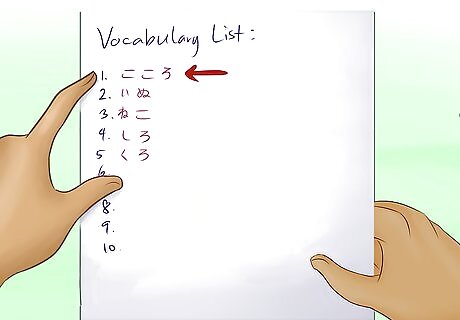
Choose one Japanese word and look at the translation. Look away for ten seconds and say it out loud and repeat it in your head.
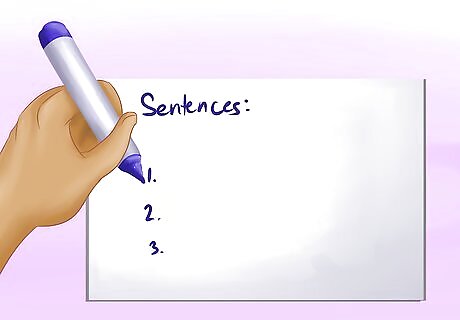
Create at least 3 sentences with the Japanese word.
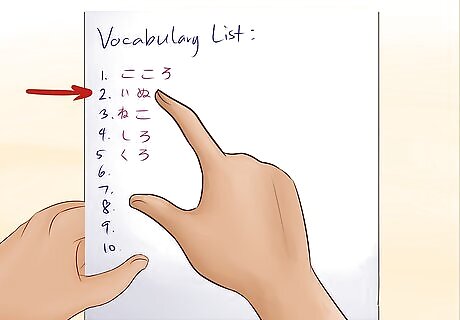
Go on with the next words. You will see soon good results, because you are not only taking up informations, you are also processing them.
















Comments
0 comment